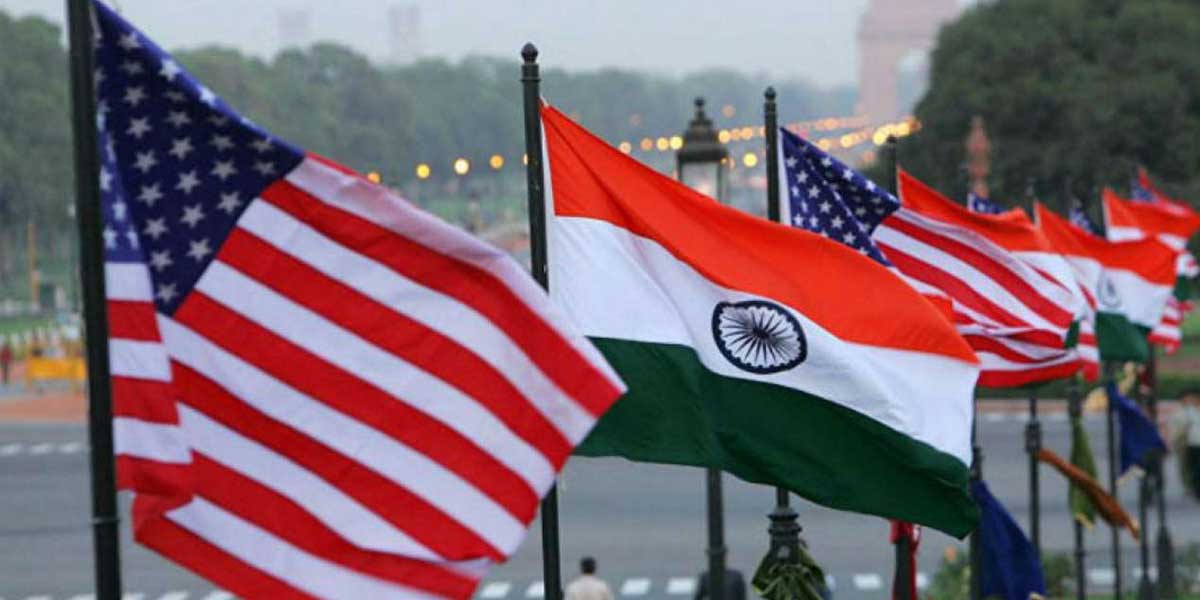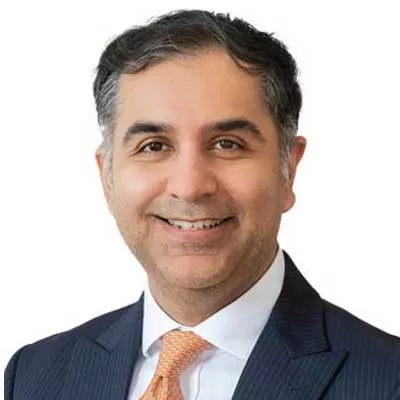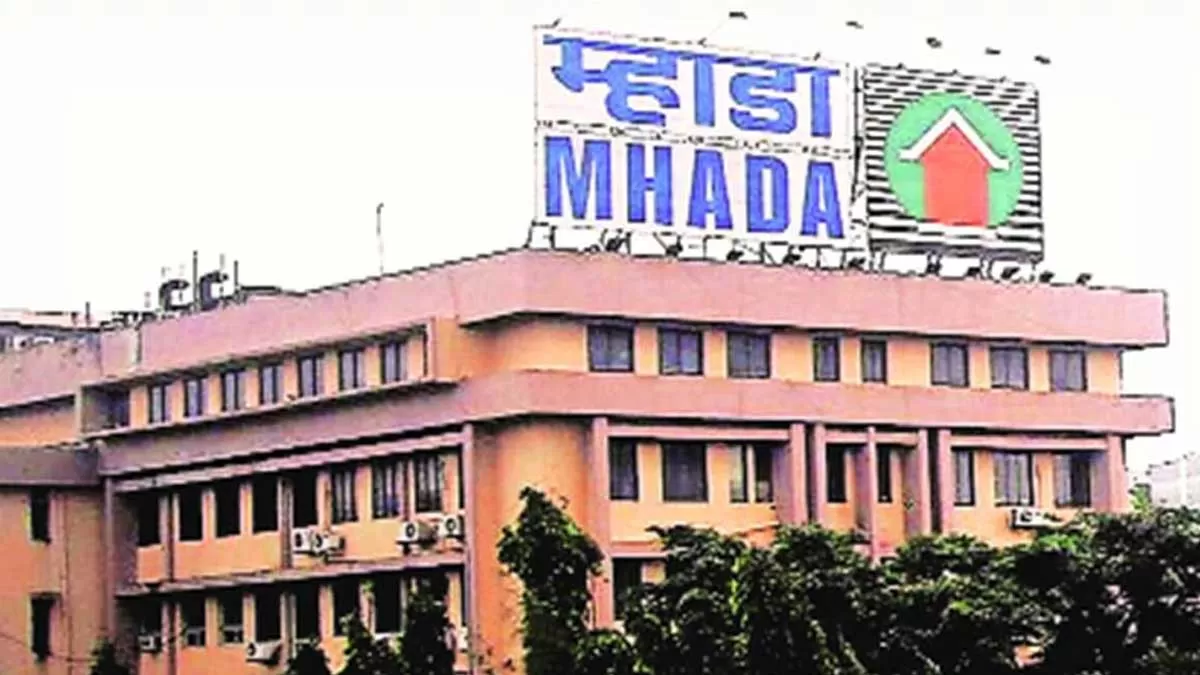Oil Minister Dharmendra Pradhan says that India is also looking at utilising the US storage facilities to further build its strategic oil reserves. But the outcome of the bilateral meeting of the US-India Strategic Energy Partnership review meeting goes way beyond that…
In an important development that is likely to have long-term ramifications for the world’s fifth-largest economy and the South Asian region, India and the US have announced new areas of research on transformational power generation based on supercritical CO2 (sCO2) power cycles and advanced coal technologies, including carbon capture, utilisation and storage (CCUS).
This emerged at a virtual ministerial meeting of the US-India Strategic Energy Partnership (SEP) to review progress, highlight major accomplishments, and prioritise new areas for cooperation, on July 17. The meeting was co-chaired by US Secretary of Energy, Dan Brouillette and Indian Minister of Petroleum and Natural Gas and Steel, Dharmendra Pradhan.
The SEP between the two of the world’s leading democracies seeks to build meaningful engagements by establishing robust government-to-government cooperation and industry engagement across power and energy efficiency oil & gas, renewable energy and sustainable growth.
“Through these pillars, the United States and India are working to strengthen and modernise the power grid and distribution utilities for clean, affordable, and reliable energy access; improve efficiency, flexibility, and environmental performance in the power sector; promote inclusive and sustainable economic growth through long-term energy development; enhance energy security through oil and gas trade, and infrastructure investment; advance the development, deployment, and integration of renewable energy and expand access to finance for renewable energy projects; and reduce market barriers to energy trade and investment. The SEP also supports USG efforts under the AsiaEDGE initiative, which establishes India as a strong energy partner in the Indo-Pacific region,” the two sides said in a joint statement issued after the meeting.
Expressing his satisfaction at the notable increase in bilateral energy trade between the two countries in the last three years, Pradhan told media, “The bilateral hydrocarbons trade alone has touched $9.2 billion during 2019-20, accounting for 10 per cent of the overall bilateral trade. We have also seen a significant reduction in the trade deficit between the two countries. In fact, India is now the fourth-largest export destination for US crude and fifth largest for US LNG.”
The minister affirmed that the trend was expected to continue with Indian companies entering into more long-term contracts going forward from this year.
The US Ambassador to India Kenneth I Juster, Indian Ambassador to the US Taranjit Singh Sandhu and Secretary, Department of Science and Technology (DST) Prof. Ashutosh Sharma along with other concerned officials were also in attendance.
According to a statement of the Central Govt’s Ministry of Science and Technology, the announcement of new areas of research on transformational power generation based on sCO2 power cycles and advanced coal technologies, including CCUS was deliberated. Other key points discussed included the implementation of smart grids and energy storage by a consortium comprising 30 Indian and US entities, policy directions for the societal acceptance of smart grid concepts, distributed energy resources (DER), impact and value of the integrative solutions and emerging role of utilities as distributed system operators and identification of common priorities for collaboration evolved in clean coal technologies, sCO2 power cycles and CCUS technologies.
Speaking on the occasion, Prof. Ashutosh Sharma stated that the collaboration between India and the US had expanded under the Programme for Accelerating Clean Energy-Research (PACE-R). The ongoing collaboration on smart grids and energy storage was being implemented by a consortium comprising of 30 Indian and US entities with an investment of $7.5 million each by India DST and US Department of Energy (US DoE), with matching amount provided by the consortium.
He said that this project addressed essential issues related to the adoption and deployment of smart grid concepts along with DERs including storage in the distribution network for its efficient and reliable operation and would also provide policy directions for the societal acceptance, impact and value of the integrative solutions and emerging role of utilities as distributed system operators.
Prof. Sharma also added the dialogue between US-DoE and India’s DST on clean coal technologies, sCO2 power cycles and carbon capture utilisation & storage (CCUS) technologies was progressing well with common priorities for collaboration being evolved. He said that one of the notable outcomes of the dialogue was the participation of India in the multilateral Accelerating CCUS Technologies (ACT) initiative through which avenues have been generated for possible US- India collaborations.
India Looking at US Facilities to Increase Strategic Oil Reserves
A number of new areas of engagement under the SEP were discussed. The two sides signed a memorandum of understanding (MoU) to begin cooperation on strategic petroleum reserves operation and maintenance, including the exchange of information and best practices. The possibility of India storing oil in the US Strategic Petroleum Reserve to increase the nation’s strategic oil stockpile was also discussed.
“We have signed a memorandum of understanding to begin cooperation on strategic petroleum reserves. We are also in an advanced stage of discussions for storing crude oil in the US Strategic Petroleum Reserve to increase India’s strategic oil stockpile,” declared Pradhan.
The US has the world’s largest reported strategic petroleum reserves with a storage capacity of 714 million barrels. In contrast, India’s present storage capacity is about 38 million barrels of crude oil, which is equivalent to 9.5 days of reserves. The International Energy Agency (IEA) recommends its members to maintain at least 90 days of stock in the strategic reserves in accordance with the agreement on International Energy Programme. India proposes to enhance its oil storage capacity by another 6.5 million tonnes and could, therefore, utilise the US storage facilities for a fee.
The sides launched a public-private hydrogen task force to help scale up technologies to produce hydrogen from renewable energy and fossil fuel sources and to reduce the cost of deployment for enhanced energy security and resiliency. They also signed an MoU to collaborate on India’s first-ever Solar Decathlon India in 2021, establishing a collegiate competition to prepare the next generation of building professionals to design and build high-efficiency buildings powered by renewables. The sides jointly launched collaboration between the US DoE National labs and the Indian National Institutes under the Ministry of New & Renewable Energy as part of the newly launched South Asia Group for Energy (SAGE), supported by the US Agency for International Development (USAID), for joint research on development and deployment of advanced clean technologies.
It was also agreed to explore possible cooperation through joint activities and information exchange on sustainable biofuel production and use, in particular, bioethanol, renewable diesel, other advanced biofuels and discussion on possible developments in sustainable biofuels for air and sea transport. The sides also exchanged information in regard to policies and regulations, and other related areas of interest. Another potential area of cooperation is the promotion of bilateral investments in the private sector. The sides will also explore cooperation on utilising the economic value of converting bio-waste into biogas.
As India pursues its ambitious renewable energy targets and seeks to transform its energy sector, the sides are collaborating on the deployment and integration of renewable energy and new technologies into the grid, modernising the power distribution sector, supporting state-level planning for renewable energy, deploying distributed energy technologies, electric vehicles (EVs), rooftop solar and battery storage, redesigning markets and increasing off-grid energy access. The two sides have been collaborating to modernise distribution sector through various reform measures for achieving reliable quality 24x7 power supply through increased private participation, enhancing consumer centricity, deployment of smart meters across India and establishing the smart grid knowledge centre in India as a global centre of excellence. USAID and the US International Development Finance Corporation are developing a concept to establish a new $25-million credit guarantee for the small and medium enterprise sector to deploy rooftop solar.
Work is also underway to enhance flexible operations of coal power plants needed to address increased renewable energy penetration and variable power demand to minimise operating costs and failure risks. The sides agreed to collaborate on advanced high-efficiency coal technologies with low-to-zero emissions through CCUS, focusing on USDOE’s Coal Flexible, Innovative, Resilient, Small, Transformative (FIRST) initiative to develop 21st-century coal energy systems.
New areas of technical cooperation include the application of renewable energy in the economic sectors, development of new business models and decision-making tools for renewable energy, skill-building and training programmes and adoption of emerging digital technologies, and advanced IT management tools to enhance the cybersecurity of renewable energy systems.
The US and India were working to enhance building and appliance efficiency through enhanced building codes, design and operation of smart buildings of the future, smart meters and demand-side response, as well as retrofit of buildings to improve building performance, promote energy conservation and improve indoor air quality. The sides have also been working towards the development of behavioural energy efficiency programmes and technical assistance for a distributed energy resources plan. The sides are also working to enhance energy efficiency in the industrial sector and will work to advance a comprehensive energy management system in accordance with ISO50001.
In response to the COVID-19 pandemic, USAID and Energy Efficiency Services Ltd (EESL) jointly initiated a new activity, Retrofit of Air Conditioning to Improve Air Quality for Safety and Efficiency (RAISE) for healthy and energy-efficient buildings. The initiative will be scaled in public sector buildings
US-India Hydrocarbon Trade Witnesses 93% Jump
The sides noted the significant increase in bilateral hydrocarbon trade since the establishment of SEP, with the bilateral hydrocarbon trade touching $9.2 billion during 2019-20, marking a 93 per cent increase since 2017-18, and affirmed to promote greater hydrocarbon trade between the two countries.
Through the US-India Natural Gas Task Force, US and Indian industry have forged new commercial partnerships on innovative projects and developed a series of policy and regulatory recommendations to support the Govt of India’s vision to increase the share of natural gas in India’s energy sector. The sides have also held numerous public-private dialogues to provide industry perspectives on challenges and opportunities to trade and investment across the energy sector.
The sides took note of their governments’ strong commitment to advance civil nuclear cooperation and welcomed recent progress on the Westinghouse commercial reactor project at Kovvada (Andhra Pradesh).
The two sides agreed to support each other’s vision of national development in the energy sector and encourage investment, including sharing a list of potential projects in which the companies from both sides can be encouraged to invest.
The sides are working to enhance long-term energy development and plans and strategies through the adoption of best practices and methodologies in energy data management, and capacity building in energy modelling and promotion of low carbon technologies. Think tanks, policy researchers, NGOs and government agencies from India would be collaborating with DOE National Labs and respective US government and private agencies to facilitate the above exercise. USAID and the government think-tank NITI Aayog jointly launched the India Energy Modelling Forum to build a network of modelling community and its linkage with the government for analytical work and policy-making exercise.
Recognising the need for a more balanced workforce with diverse skill sets to support energy innovation and address critical energy challenges of the future, the ministers committed to addressing gender diversity, gender mainstreaming, and promoting women’s entrepreneurship across the energy sector through the SEP platform. USAID launched the South Asia Women in Energy (SAWIE) platform focused on the power sector and the sides are working to incorporate gender-focused activities across the technical pillars.
The next Ministerial meeting is scheduled in 2021.
- MANISH PANT


















